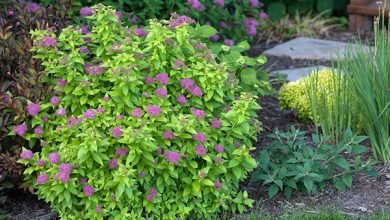11 Types and Varieties of Lemon Tree Most Famous
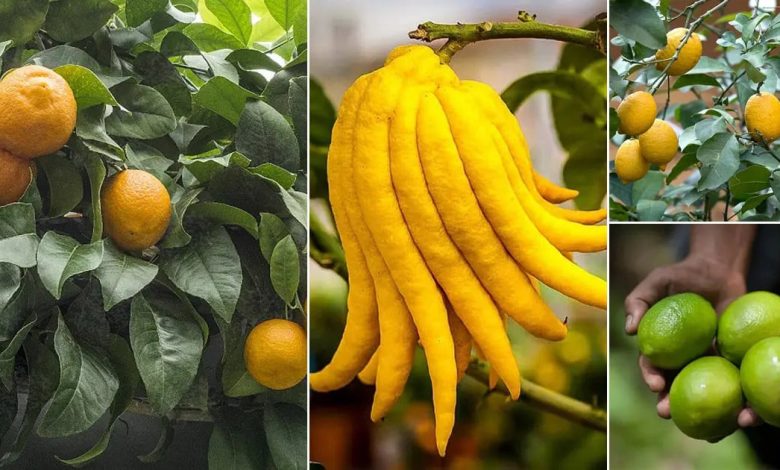
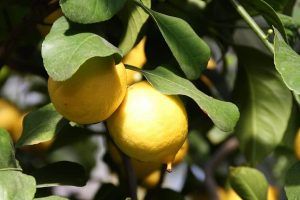 The lemon tree or Citrus Limon is a perennial plant belonging to the Rutaceae family and citrus genus used in many cities in Spain as an ornamental plant.
The lemon tree or Citrus Limon is a perennial plant belonging to the Rutaceae family and citrus genus used in many cities in Spain as an ornamental plant.
Its fame is due to its extraordinary fruit: the lemon, a very fragrant citrus fruit with different uses in food, with a high content of vitamin C.
The tree, although small, because it does not exceed 4 meters in height, gives a wood that is highly valued in cabinetmaking, because it has a hard, firm, smooth and yellowish bark.
Its leaves are quite long, (from 5 to 10 centimeters) they end in a point and have a slightly jagged edge but, be careful, because they usually have very thick, although short, thorns on their branches.The leaves are bright on the upper side and pale and light green on the underside.
It is believed that the first lemon trees of humanity grew south of the Himalayan valleys, in India, between the so-called northern zone of China and Burma, where it acquired great notoriety for its great antiseptic and healing qualities to face the effect of poisons.
It then reached the Persia region, later Iraq and Egypt, around the year 700, but it is believed that it was introduced to Europe in the 1st century BC.
Currently, it is considered one of the most important fruit trees in the world and its cultivation is carried out on all continents, where it is exploited commercially, although it does not withstand low temperatures very well.
But it grows very well in areas such as Spain, Turkey and on the American continent as well, where the United States, Chile and Argentina commercialize it on a large scale. In Africa, South Africa is ahead.Some of the main varieties of lemon trees best known around the planet are:
Australia
It is a very resistant variety, although it has a thin-skinned fruit with a strong lemon aroma.The tree grows in sunny places, reaching about 4 meters in height.
Eureka
It is one of the most commercialized fruit varieties in supermarkets, because the lemon tree produces a good harvest throughout the year.It is grown outside the Mediterranean region, in areas of the American continent such as California, but it has also reached South America, Argentina and Australia, South Africa and Israel.
Bush
It is a species that grows wild in the subtropical regions of the Australian region.
Lisbon
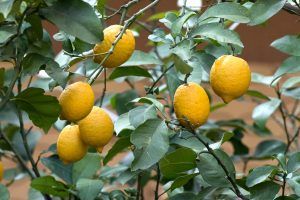 It produces a very high quality fruit with a high level of acidity and abundant juice.
It produces a very high quality fruit with a high level of acidity and abundant juice.
The tree is characterized by a great proliferation of thorns, but also by numerous harvests, especially at a young age.
Its origin is Australian, but it is also grown in large areas of desert land in Arizona, United States.
Mayer
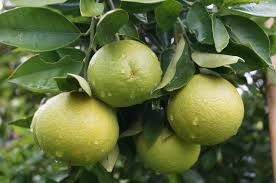 This variety is a hybrid produced by Frank Meyer, in the year 1908, derived from the cross between lemon and clementine (tangerine) and orange.
This variety is a hybrid produced by Frank Meyer, in the year 1908, derived from the cross between lemon and clementine (tangerine) and orange.
It has a thin skin and its acidity is less strong than the Lisbon and Eureka varieties.
The fruit, very similar to orange, when ripe takes on a more yellow-orange hue and the tree is much more tolerant to cold than other varieties.
Its pulp is very juicy, dark yellow in color, with at least a dozen seeds.Its bark is a yellowish-orange tone and does not have the characteristic aroma of the common lemon tree.
Variegated Pink
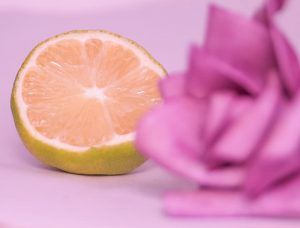 This variety is a derivative of the Eureka or Lisbon with a multi-colored pattern on its foliage and green skin when immature, which will turn yellow.
This variety is a derivative of the Eureka or Lisbon with a multi-colored pattern on its foliage and green skin when immature, which will turn yellow.
It also has a pink or orange pulp and juice, and not the typical yellow color.
ponderosa
It is considered one of the most frost-resistant varieties, with a strong tree with abundant fruits but thin skin and a longer shape than other species.It is very similar in taste and appearance to the citron-lemon hybrid.
Yuzu
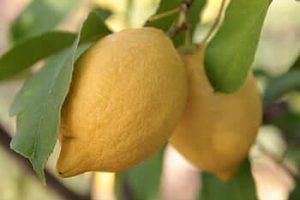 It is a variety originating from crops in Japan and Korea, for many centuries.
It is a variety originating from crops in Japan and Korea, for many centuries.
Its aroma is mixed with the flavor of Meyer lemon and white grape, because it is a hybrid variety achieved thanks to the mixture of an acid mandarin called ichan papea and kaffir lime.
Like other citrus fruits such as grapefruit and small oranges, it is a winter cold tolerant tree.
In Spain, the most commercialized varieties are Verna and Fino, whose distribution reaches 90% of the cultivated area of this very popular citrus around the world.The rest of the cultivated area is divided between varieties such as Eureka, Villafranca and Lisbon.
verna
It is a variety native to Spanish territory and its production reaches around 654 thousand tons per year, widely cultivated in the regions of Alicante and Murcia.
Villafranca
The fruit bears more seeds than the Eureka variety and the tree is much more vigorous, although both species are very similar in adulthood and it is difficult to tell them apart.
It is a fruit that has more seeds than the Eureka variety. Although it is a more vigorous tree than the latter when they are adults, it is very difficult to differentiate between the two varieties.
Fine
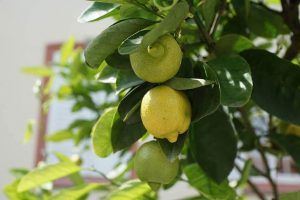 This variety comes from nearby crops around the Segura River, so it is considered an early type, which represents 20% of the total production.
This variety comes from nearby crops around the Segura River, so it is considered an early type, which represents 20% of the total production.
There are other varieties with a strong presence in Italy and other regions such as Interdonato, Femminello and Primofiori, as well as Meyer, Genoa, Italian and Lapithkiotiki.
The Genoa variety, for example, is widely grown in South America. It has a smooth rind, with a juicy skin and its juice is quite acidic.

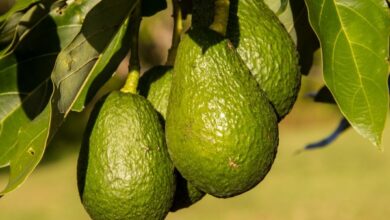
![Photo of Dahlias Care: [Earth, Strengthening, Humidity and Pruning]](https://www.complete-gardening.com/wp-content/uploads/2022/08/dahlias-care-earth-strengthening-humidity-and-pruning-390x220.jpg)

